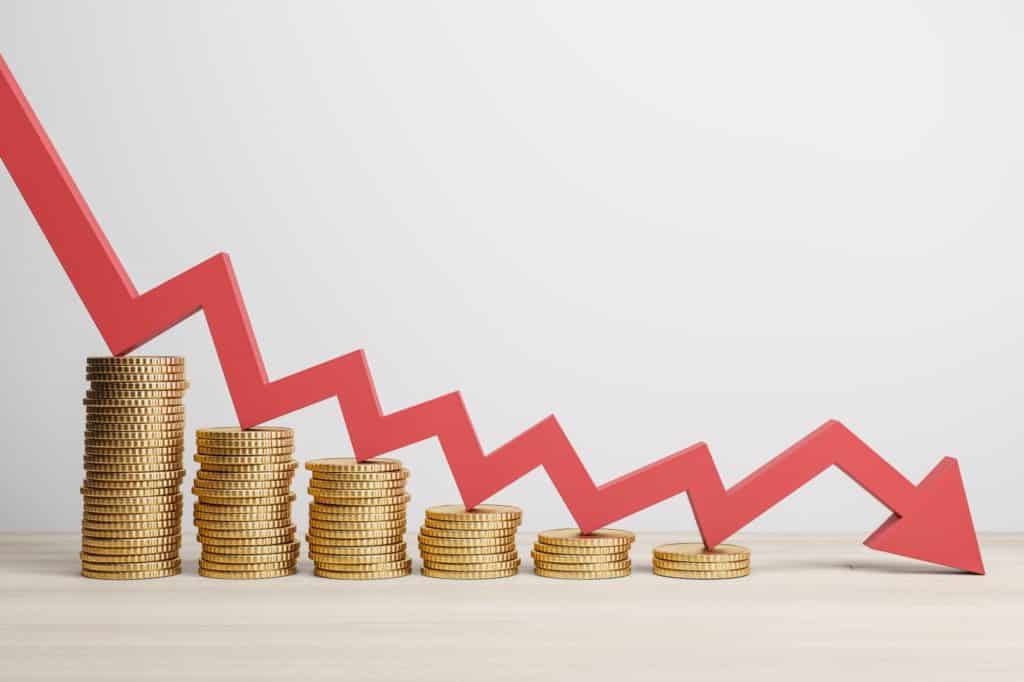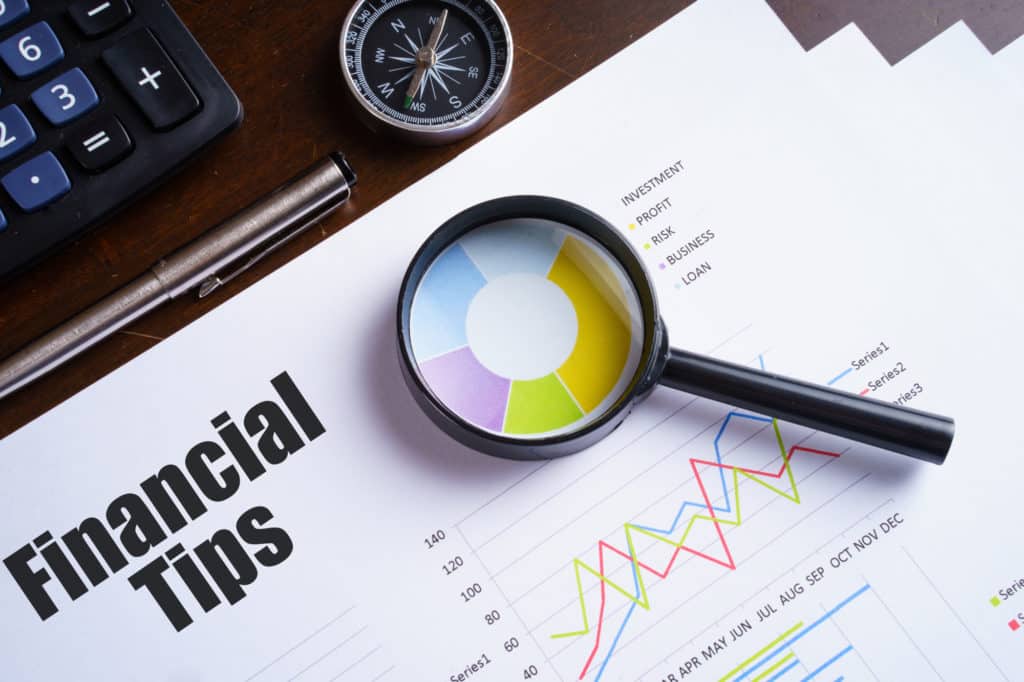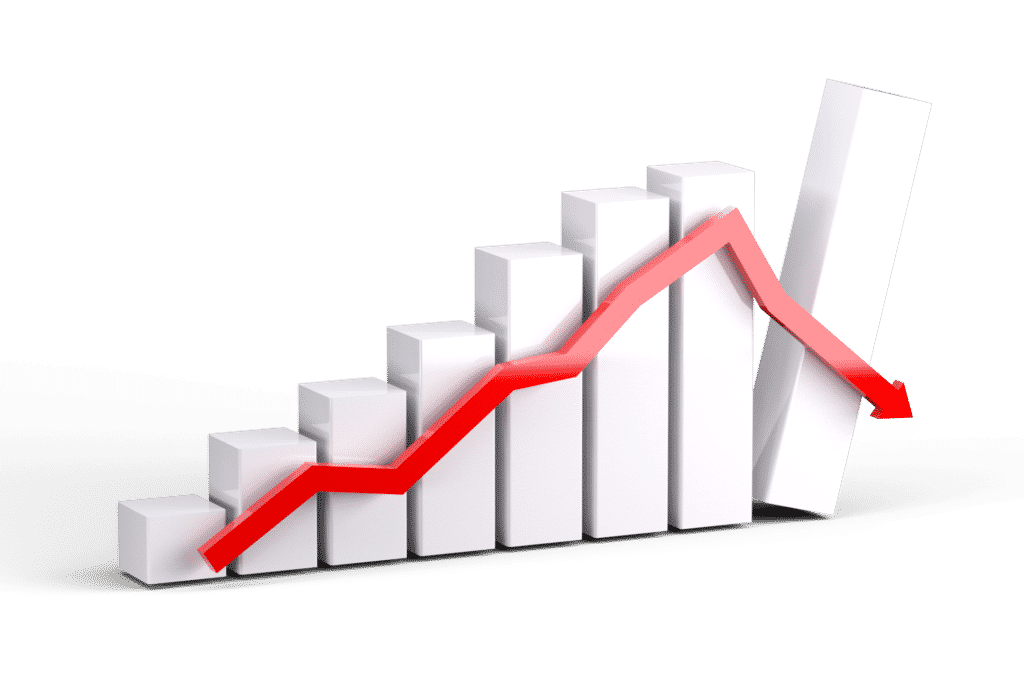Did you know that more than 63% of people in the United Kingdom are in debt? When it comes to finances, it can be hard to take control of your own money. It might sound easy in theory, but when it comes down to it, many people end up spending more than they should.
Fortunately, this isn’t an inevitable problem as long as you have a budget plan. But how should you go about creating a budget in the first place, especially if you’ve never tried doing it before? Keep reading and learn more about how to budget your money so you can leave your debt behind you.
Try the 50/30/20 Budget Plan
At some point, you may have heard of the 50/30/20 budget plan, but what is it exactly? It is actually one of the most efficient ways to budget your money and it involves splitting up your income into three sections. First, you will need to spend around 50% of your income on necessities.
Be sure to calculate this after you factor out your taxes. Your necessities, as the name suggests, should only include things that you can’t live without. So, your necessities would include your rent, car, and other things such as food.
The majority of your income will go to these things because they are the most important. When you create a budget like this, you won’t have to worry so much about having to pay for your necessities because they will be the first thing that you pay for in the first place. But what should you prioritize next after you’re done spending money on your necessities?
Next, you will want to divide around 30% of your income for your wants.
What You Need to Know
Your wants, as the name suggests, involve things that you want to enjoy and splurge on. For example, you can spend money on going to a movie, buying a nice new pair of shoes, or anything else that you might feel like doing.
Spending money on your wants, of course, is one of the more enjoyable parts of starting a budget. However, you will want to be careful not to go overboard with your wants. Many people enjoy spending money on fun things that they end up forgetting all about the 50/30/20 rule.
As long as you keep in mind that you should only spend 30% or less of your income on wants, you won’t have to worry about running out of money and ending up in debt. Finally, there is the 20% of your income that you will need to focus on debt repayment and savings.
This 20% is very important because it can help you dig yourself out of your financial hole so you can leave all of your debts behind you. It might seem difficult to do at first, especially if you have a mountain of debt, but as long as you’re persistent and follow the rest of the 50/30/20 financial budget, you will eventually reach your financial goals and be free of debt.
Keep a Close Eye on Your Money
The 50/30/20 budgeting plan will only be able to take you so far when it comes to saving money and getting out of debt. It won’t be able to help you plan out the details of your budget. Instead, you’ll have to do that for yourself.
The problem that many people have when it comes to budgeting is that they forget about the little details of their finances. Many people end up getting so distracted with large costs such as medical bills, rent, and other things that they end up forgetting about the smaller costs and making the mistake of thinking that they don’t matter.
However, you will find that small costs are just as important as large costs. This is because small, unaccounted costs can easily start to pile up if you’re not careful.
The Details
For example, suppose you buy a charger for your phone, some snacks for the car, and a few other small things.
All of these items are quite cheap on their own, so you might not even bother factoring them into your budget. However, after a few weeks or months of ignoring these small costs, you will start to wonder why you aren’t saving as much money as you were hoping. The reason will be that these small costs have been slowly siphoning your savings without you even realizing it.
This, of course, can put your budgeting plans quite far back. To avoid this, you will need to stay on top of everything you’re spending, even if you’re only spending very little. This can be tedious at first, especially when spending money on very small items, but eventually, it will become a sort of habit, and it will be like second nature to you.
Once you get the hang of keeping an eye on your money in this way, you will find that it will be easier than ever to save your money and stay dedicated to your budgeting plan. Once you accomplish that, it will be quite easy to leave your debt in the dust and start saving money.
What You Need to Know About Creating a Budget
Creating a budget can be hard at first, but it isn’t impossible. The 50/30/20 rule can be especially helpful for those who have never tried budgeting before. It involves splitting up your income into needs, wants, and savings.
That way, you won’t be confused about what to do with your money. More than that, keeping an eye on everything you’re spending can be very helpful. To learn more, contact us here.









